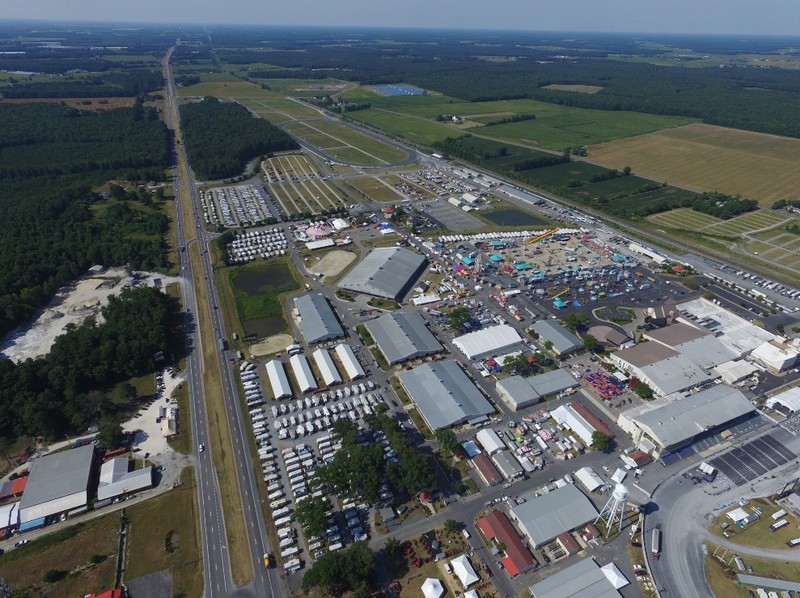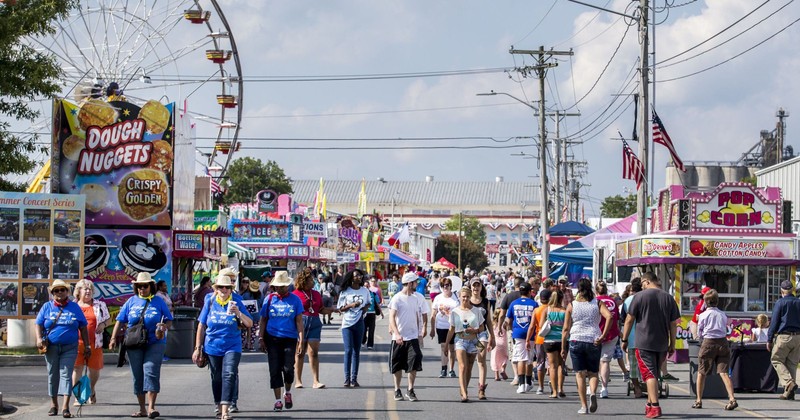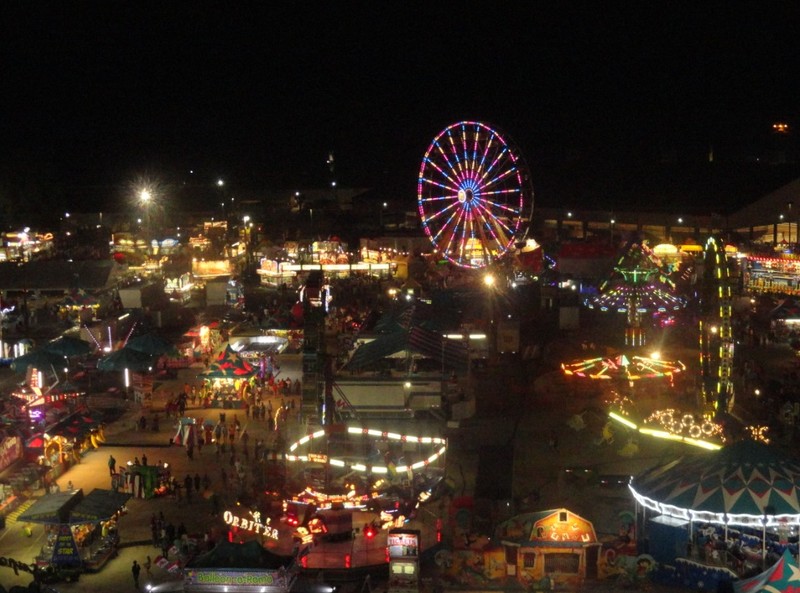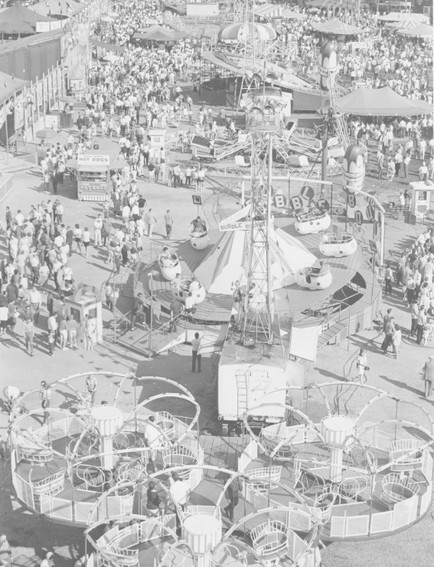Delaware State Fairgrounds, Harrington Raceway & Casino, The Centre Ice Rink
Introduction
Text-to-speech Audio
January 12, 1920, was a date that not only affected the citizens of Harrington but has come to draw hundreds of thousands to the area each year. On this date, a group of local businessmen gathered to discuss the formation of a fair. The Kent and Sussex Fair Association was created, and the month of July in Harrington would never be the same.
In 2019 The Delaware State Fair will celebrate 100 years of fun!
Images




Backstory and Context
Text-to-speech Audio
When the Kent and Sussex Fair was created, the decision was made to highlight the area’s rich
agricultural heritage. From its first days, youth would play a central role in the farm displays during the fair.
The fair board of directors contracted with Krause Greater Shows to provide rides, games, and entertainment for the patrons to enjoy. At the time, Krause was the leading traveling carnival show on the East Coast.
Harness racing became a staple of the Kent and Sussex Fair. Admission was charged for the races as well as for vaudeville stage acts added to the five-day event. With the proceeds from these events, the sale of stock certificates in the fair corporation, and other revenue sources, the fair continued to grow. In just five short years, it had become a week-long event.
As the fair grew in length, it also grew in size. Additional land was purchased and buildings
constructed to house other exhibits. A floral department, a boys and girls club department, and a poultry department were added, with premiums being paid to the prize winners in each category. The fair kept to its roots as first and foremost an exhibition of local agricultural products.
Beginning in 1921, two nights of auto racing were held on the harness track in front of the grandstands. Scores of people would come out for heat races and all the excitement leading up to the feature race. The Harrington Fire Company sponsored the auto races for decades, and for a while, the races were even sanctioned as point-earning events by NASCAR, increasing the number of drivers and cars entering.
By the 1950s, the fair had grown even larger. In 1950, an onsite water tower was constructed to meet the growing demands of vendors and patrons. A new grandstand was constructed in 1955 to allow for larger crowds to witness such acts as the world-famous Rockettes, the Lone Ranger, and Johnny Cash.
The midway of rides and games grew dramatically as well. The James E. Strates shows provided carnival rides and games of chance. When the midway first opened in 1920, there were only three rides, but by the 1950s, the midway was home to more than 30 amusement
rides, from small rides for the kids to larger and more exciting rides for adults.
By the mid-1950s, the fair was booming. Each year’s crowds set new records for attendance. Larger and more permanent structures replaced older ones. Some had been constructed by German prisoners of war, as the fairgrounds had housed prisoners in 1945 and 1946. During these years, no fair events occurred due to security reasons.
Today the fairgrounds have grown to over 300 acres and attendance figures routinely exceed 250,000 people a year.
Today the fairgrounds have grown to over 300 acres and attendance figures routinely exceed 250,000 people a year.
Sources
. .
